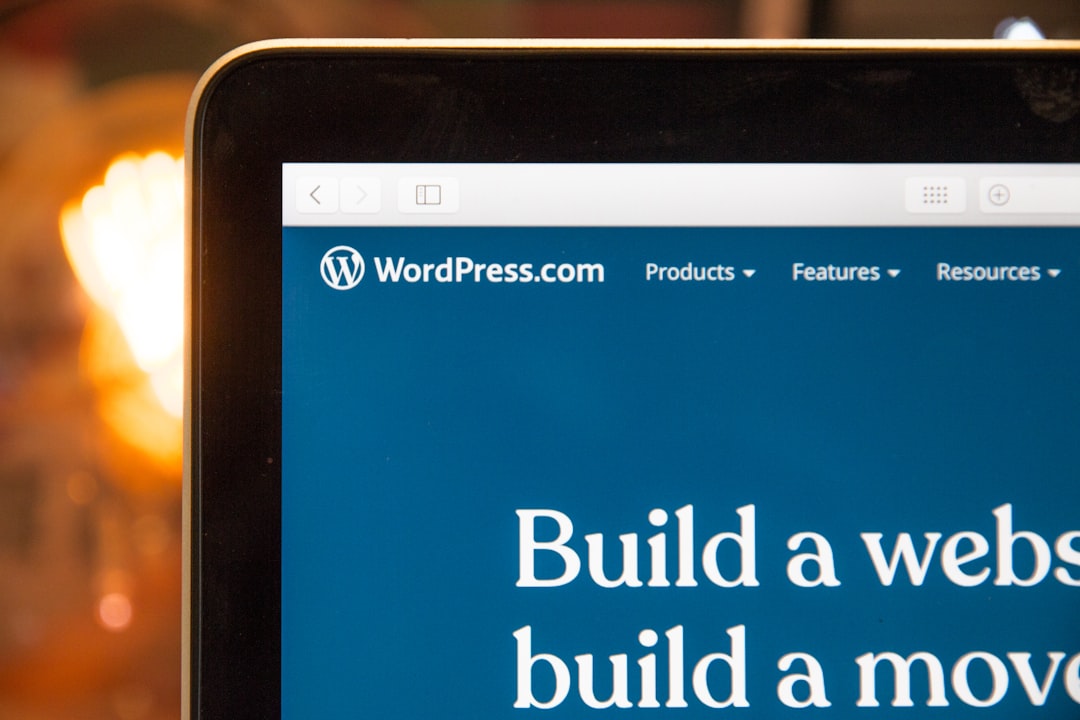Generating high-quality leads is essential for any business looking to grow and expand its customer base. One of the most effective ways to capture leads online is through a well-designed lead generation website. A lead generation website focuses on converting visitors into potential customers by offering valuable content, enticing offers, and clear calls to action (CTAs).
In this blog post, we’ll walk you through the key elements of building a lead generation website, including effective forms, compelling CTAs, and optimized landing pages.
1. What is Lead Generation and Why is it Important?
Lead generation is the process of attracting potential customers (leads) to your website and capturing their information, such as their name, email, or phone number. This is typically done through forms, offers, and other interactive elements on your website. The goal is to convert these leads into paying customers over time.
Building a lead generation website allows you to capture and nurture leads, creating opportunities for your sales team to follow up and close deals. With the right strategy in place, your lead generation website can become one of your most valuable marketing tools.
2. Essential Elements of a Lead Generation Website
2.1 Optimized Forms
Forms are the backbone of any lead generation website. They allow visitors to provide their information, whether it’s to subscribe to a newsletter, download a resource, or get in touch with your team. However, the way you design and place these forms on your website plays a big role in how effective they are.
Best Practices for Forms:
- Keep It Simple: Only ask for essential information (name, email, phone number). The fewer fields, the higher the likelihood of submission.
- Position Forms Strategically: Place forms in high-visibility areas, such as in the header, footer, or as pop-ups, where visitors are most likely to engage.
- Use Clear Labels and Descriptions: Each field should have a clear label. Make it obvious why you’re collecting the information and what visitors will get in return.
- Include a Strong CTA on the Form: The form should have a CTA that encourages visitors to take action, like "Get My Free Guide" or "Start Your Free Trial."
- Offer Value in Exchange for Information: People are more likely to give their details if they feel they are getting something valuable in return, such as an e-book, case study, or discount code.
2.2 Compelling Calls to Action (CTAs)
A call to action (CTA) is a statement or button designed to provoke an immediate response from your website visitors. It's a critical component of your lead generation strategy because it directs visitors to take a specific action that moves them closer to becoming a lead.
Best Practices for CTAs:
- Be Clear and Actionable: Use action words that make it clear what visitors should do next, like "Download Now," "Get Started," or "Schedule a Demo."
- Create Urgency: Phrases like “Limited Time Offer” or “Only a Few Spots Left” can encourage visitors to act quickly.
- Make the CTA Stand Out: Use contrasting colors, bold fonts, and appropriate sizes to ensure your CTA buttons are visible and clickable.
- Place CTAs in Key Locations: CTAs should be located at logical places across your site, including the homepage, blog posts, landing pages, and throughout your website’s navigation.
2.3 Landing Pages
Landing pages are standalone web pages designed specifically to convert visitors into leads. They are typically linked to from ads, email campaigns, or search engine results. A well-designed landing page provides focused content that is aligned with the visitor's intent, guiding them toward a single goal.
Best Practices for Landing Pages:
- Keep the Content Focused: The content on your landing page should be laser-focused on one objective—whether it’s capturing email signups, promoting a special offer, or encouraging a download. Avoid distractions and keep the message clear.
- Compelling Headline: Your headline should immediately grab the visitor’s attention and explain the value of the offer. Keep it concise, direct, and benefit-driven.
- Clear and Concise Copy: Write persuasive copy that clearly explains the benefits of what you're offering. Use bullet points to make the content skimmable.
- Use Visuals to Support the Message: Include relevant images, videos, or infographics to support your message and build trust. These visuals should complement the text and make the offer more appealing.
- Add Testimonials or Trust Badges: Including testimonials from satisfied customers or security badges can increase trust and credibility, encouraging visitors to submit their information.
- Limit Navigation: To reduce the chances of visitors navigating away from the page, eliminate unnecessary links or menus that could lead them off the landing page.
3. Additional Lead Generation Tactics
3.1 Content Offers
Content offers are a great way to entice visitors to share their contact details. Whether it’s an e-book, whitepaper, or free course, high-quality content can incentivize visitors to engage with your business.
Tips for Creating Effective Content Offers:
- Align with Your Audience’s Needs: Your content offer should solve a problem or answer a question that your target audience is facing.
- Make it Easy to Access: Keep the download process simple. A form should be the only barrier between visitors and your offer.
- Use Gated Content: Gated content requires visitors to submit their information before they can access it. This is a powerful way to capture leads while providing value.
3.2 Email Capture with Pop-Ups or Slide-Ins
Using pop-ups or slide-in forms is a proven way to capture visitor information. These forms appear as visitors are about to leave the site or after they’ve been on a page for a certain amount of time.
Best Practices for Pop-Ups:
- Timing is Key: Display the pop-up after the visitor has spent enough time on the page or is about to exit. Don’t overwhelm visitors with an immediate pop-up.
- Offer Incentives: Use pop-ups to promote special offers like discounts, free consultations, or downloadable resources in exchange for an email address.
- Make It Easy to Close: Allow users to easily dismiss pop-ups without feeling frustrated.
3.3 A/B Testing
Testing different elements of your website, including forms, CTAs, and landing pages, is essential to improving your lead generation efforts. A/B testing lets you compare different versions of a page or element to see which performs better.
What to Test:
- CTA Button Color, Size, and Text: Test different variations to see which generates more clicks.
- Form Length: Experiment with longer vs. shorter forms to find the optimal length for your audience.
- Landing Page Layouts: A/B test different designs to see which one leads to more conversions.
4. Conclusion
Building an effective lead generation website requires careful planning and the integration of key elements like forms, calls to action, and landing pages. By following best practices and continuously optimizing your site based on user behavior and data, you can create a website that effectively captures high-quality leads and helps your business grow.
Remember that lead generation is an ongoing process. Keep testing different strategies and stay focused on providing value to your visitors. With the right tools and tactics, your lead generation website will be a powerful asset for turning visitors into loyal customers.










0 Comments